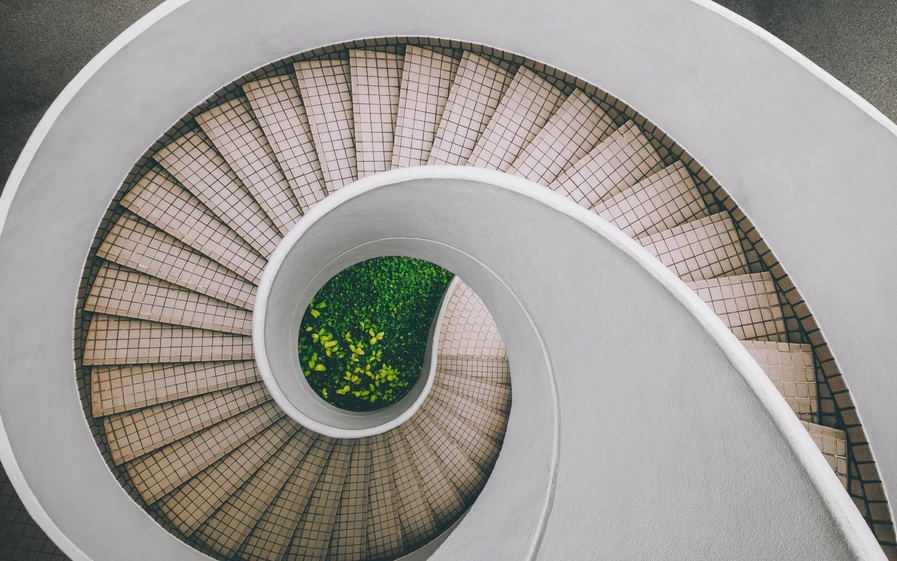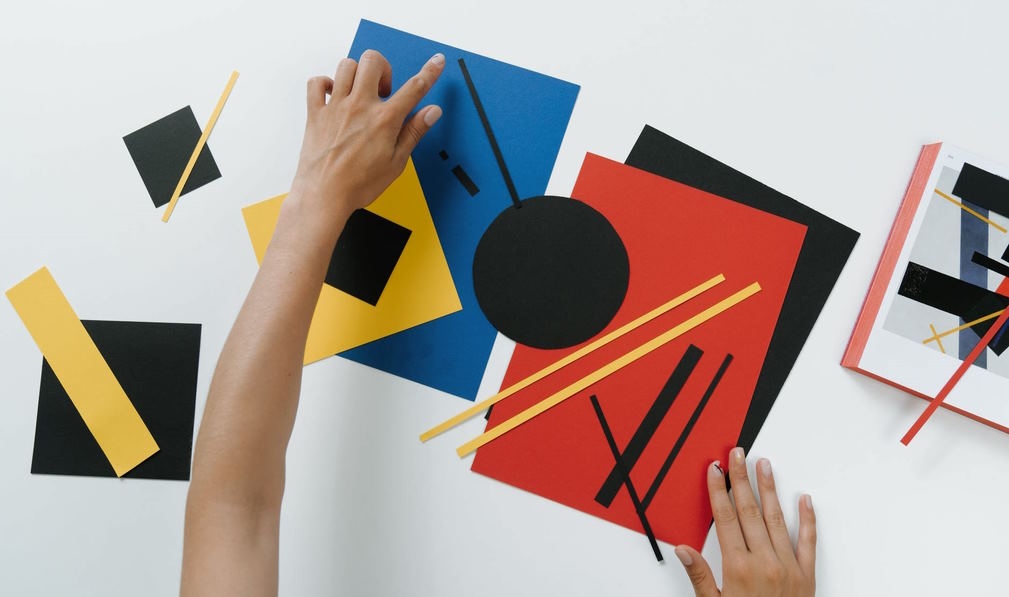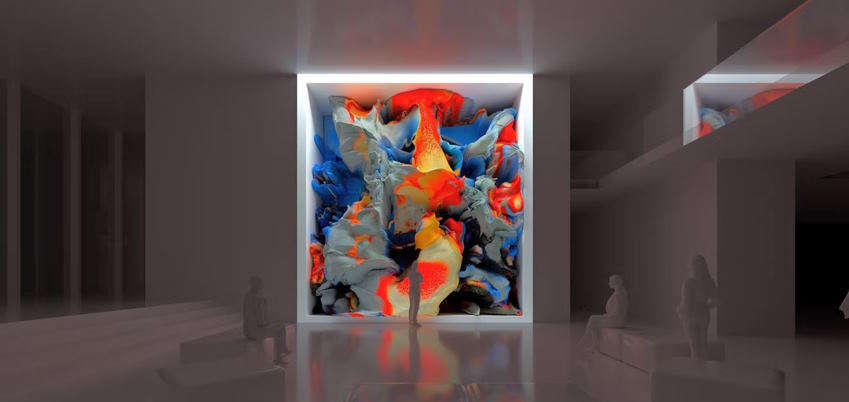Art and design are ubiquitous in our lives. Visual communication is everywhere, from the billboards we pass on the street to the logos on our favorite products. And at the heart of every successful design is a thoughtful and intentional composition. But what exactly is composition? And why is it so important in creating effective and impactful designs? In this blog post, we will explore the concept of composition and how it can be used to create visually balanced and pleasing designs. Whether you’re a professional designer or simply interested in the world of art and design, this guide will provide you with valuable insights into the world of layout and balance. So let’s dive in and discover the importance of composition in art and design.
Composition Fundamentals
Composition is a fundamental concept in art and design that refers to the arrangement and organization of visual elements within a work. A well-composed piece can be aesthetically pleasing, draw the viewer’s attention, and communicate a message effectively. Understanding composition is crucial for any artist or designer seeking to create visually compelling work.
Several elements make up a composition, including line, shape, form, space, and texture. These elements can be combined in various ways to create a visually interesting piece. Line, for example, can guide the viewer’s eye or create a sense of movement within the composition. Shape and form refer to an object’s two-dimensional and three-dimensional aspects, respectively, and can be used to create depth and volume. Space refers to the area around and between objects, which can be manipulated to create a sense of balance or tension. Texture, on the other hand, refers to a surface’s visual or tactile quality, which can add visual interest and depth to a composition.
In addition to these elements, artists and designers use several composition principles to create a visually harmonious work. These principles include balance, contrast, harmony, movement, proportion, and unity. Balance refers to the distribution of visual weight within a composition, while contrast is the juxtaposition of opposing elements such as light and dark, or rough and smooth. Harmony is the use of similar elements within a composition to create a sense of unity, while movement refers to the way that the viewer’s eye moves through the composition. Proportion, on the other hand, refers to the relationship between the various elements within a composition, and unity is the sense that all elements within the composition work together cohesively.
Understanding these composition fundamentals is key to creating visually compelling works of art or design. By utilizing these elements and principles effectively, artists and designers can create works that are aesthetically pleasing and effectively communicate a message or tell a story. Whether you’re a professional artist or simply an enthusiast, understanding composition can greatly enhance your work and help you achieve your artistic goals.

Understanding balance in composition
Achieving balance in a composition is essential to creating visually pleasing and effective artwork or design. Balance refers to the distribution of visual weight within a composition, and achieving balance is about creating an equilibrium that draws the viewer’s eye and creates a sense of harmony.
Understanding balance in composition means being aware of how the various visual elements within a composition interact with one another. Balance can be achieved through different types of balance, including symmetrical, asymmetrical, and radial.
Symmetrical balance is achieved when elements are arranged to create a mirror image, with each side of the composition being identical or nearly identical. This type of balance creates a sense of stability and order and can be used effectively in formal and traditional designs.
Asymmetrical balance, on the other hand, is achieved by arranging elements to create a sense of equilibrium without being mirror images. This type of balance can create a sense of movement or tension within a composition, making it ideal for more dynamic or modern designs.
Radial balance is achieved by arranging elements in a circular or radial pattern, with each element radiating outward from a central point. This type of balance creates a sense of unity and can be used effectively in circular or mandala-like designs.
Applying balance techniques in design is all about creating a sense of harmony within a composition. This can be achieved by balancing the visual weight of each element within the design, ensuring that no single element is overwhelming or distracting. Techniques such as using a grid system or following the rule of thirds can be used to achieve balance, as can experimenting with different combinations of color, texture, and shape.
Achieving balance in composition takes practice, and it’s important to experiment and try different approaches to find what works best for your particular design. By understanding the different types of balance and applying balance techniques effectively, you can create visually pleasing and effective works of art and design that communicate your message or tell your story.

Definition of visual weight
Visual weight is a fundamental concept in art and design that refers to the perceived “heaviness” or “lightness” of visual elements within a composition. It is an essential aspect of creating balance in a composition, as understanding and balancing visual weight is key to creating an aesthetically pleasing and effective work of art or design.
Factors affecting visual weight include size, color, shape, texture, and placement within the composition. Larger elements, for example, tend to have more visual weight than smaller ones, while bright colors or high-contrast elements can also appear heavier than muted or monochromatic ones. Similarly, elements with a more complex or textured appearance can have more visual weight than those with a simpler or smoother appearance.
Balancing visual weight in composition is essential to achieving overall balance and harmony within a piece. This can be achieved by distributing visual weight evenly throughout the composition or creating tension or movement through strategically placed elements. One technique used to balance visual weight is the rule of thirds, which involves dividing the composition into thirds both horizontally and vertically and placing key elements at the intersections or along the lines. Another technique is to use contrast or negative space to balance heavier elements, creating a sense of equilibrium within the composition.
In summary, understanding visual weight is crucial to creating effective and aesthetically pleasing compositions. By considering the various factors that affect visual weight and using techniques to balance that weight, artists, and designers can create works that draw the viewer’s eye and communicate their intended message or story.




